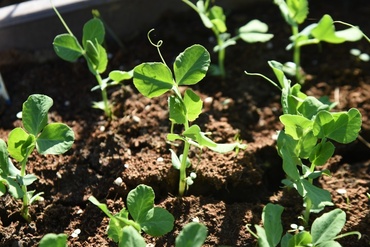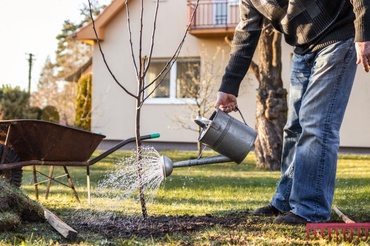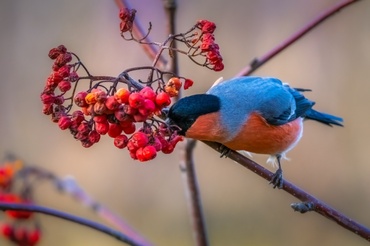Vegetable gardening tips for summer
Summer's an exciting time in the vegetable garden when all your hard work pays off and crops start to ripen. With so much going on, it can be hard to know what to tackle first, so we've put together our top tips to help you get the most out of your veg plot.
Tips to get the most of your kitchen garden in summer
-
Keep your vegetable beds clear of weeds that compete with your plants for food and water. A Dutch hoe is ideal for dealing with annual weeds like chickweed and hairy bittercress.
-
Stop harvesting rhubarb stems after July to allow the plants to build up their reserves for next year.
-
Keep earthing up maincrop potatoes to stop sunlight from reaching the tubers and turning them green (green potatoes are toxic). When the leaves of your potato plants start to turn yellow, it's time to harvest.
-
Harvest runner beans, French beans and courgettes regularly taste best when young and tender, and it encourages the plants to keep producing more fruit.
-
Broad bean plants are often prone to blackfly infestation, so pinch out the growing tips once pods have formed at the base of the plant. This will discourage the blackfly, which tends to go for fresh young shoots.
-
Feed tomatoes fortnightly with high potash food and pinch out side-shoots on cordon tomatoes. Water regularly to maintain a consistent moisture level in the soil – allowing the soil to dry out and then watering heavily is likely to cause tomatoes to split.
-
You can still sow French and runner beans, beetroot and carrots in July for autumn harvests. Pak choi is less likely to bolt if planted after midsummer and can be harvested through autumn and winter. Sow lamb's lettuce, turnips and perpetual spinach for winter harvests, and chard, spring onions and spring cabbage for harvesting next spring.
-
As pumpkins start to develop on the vines, place a brick or slate under the fruits to keep them off the ground and reduce the risk of rotting. Remove any leaves affected by powdery mildew.
-
Strawberry plants will be putting out runners now – these are long stems bearing clusters of leaves. To make new plants, peg the leaf clusters down on the soil or in small pots filled with compost and keep them watered for a few weeks until they produce roots. They can then be cut off the mother plant and grown as separate strawberry plants. If you don't need new strawberry plants, cut the runners off to conserve your existing plants' energy.
-
Bolting (producing flowers early and setting seed) is a common problem for many plants in summer, especially lettuce, spinach, onions, leeks and radishes. Once a plant has started to bolt, there's not much you can do to stop it, but instead of digging up bolted plants and composting them straight away, leave a few to flower and attract pollinators.
Get the most out of your garden this summer with our centre's fantastic range of garden tools, seeds, and plants. Why not visit us today?





